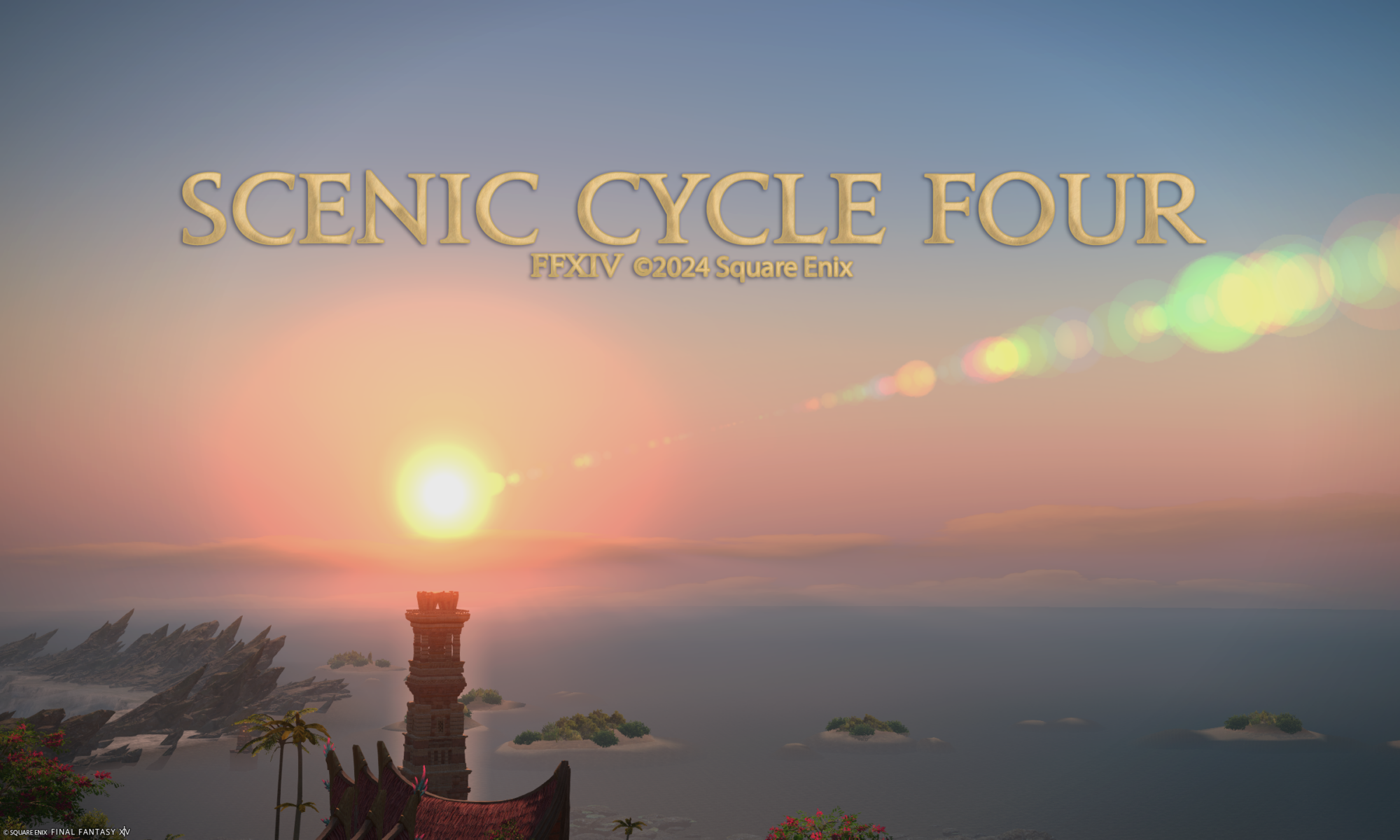ENTM has evolved over the years and one of the best things has been how each of the hosts, judges and the models have grown along with us.
All judges and hosts started out as models (with the exception of Rongi Pongi) or they came in to our community as well regarded experts in screenshots from other partner groups, such as Hydalaen International. As a result, we’ve collectively developed a keen eye for certain things that make a great screenshot stand out.
The Rule of Thirds
If there is any single sacred truth held to photography, it is the rule of thirds. It has been scientifically proven with eye tracking technology that the first place the eye gravitates in a photo is not the direct center, but to four points outside of it that are created by slicing the picture into thirds top to bottom and side to side.
By placing your subject at one of these points, you will naturally create a more interesting and dynamic photo than you would if you had your subject in the center. You can also create harmony in your shot by keeping the horizon even along the bottom line, or the skyline at the top third, with other points of interest balancing out your subject.
Avoid keeping your character dead center in a shot, and be mindful of your background.
Dutch Angles
In FFXIV, Gpose gives us a “tilt” tool that allows us to add an interesting angle to our shots. This is known in photography and cinematography as the “Dutch Angle” and there is no one phrase that can send ENTM judges into a heated argument than this one! Dutch angles can be used to alter the emotional impact of your shot, adding a sense of tension or unease, or accentuating the action. However, a severe angle can also have an unintended impact when used improperly, and our judges will not hesitate to note when it feels misplaced in a shot.
Mise-en-scéne
This is a French term that roughly means “placement on the stage.” This refers to the whole makeup of your shot – bringing together your outfight, your pose and position, your background (the “set” for the shot), the action, the lighting elements, and all the other components that make a shot clean and cohesive. We strongly recommend that you take all these pieces into consideration when coming up with a concept for a shot. It becomes obvious when someone put a lot of thought and care into every element in a screenshot, down to their jewelry and props.
In ENTM, we often ask that our models “tell a story.” Or as Katarh tells them as I mentor: what are you trying to sell me? A judge wants to be able to identify your character. what is happening in the shot, and why it is happening. If your character is feeling an emotion, we want to be able to sense it.
Back Shots – Dos and Don’ts
Probably the most controversial topic besides Dutch Angles! ENTM doesn’t forbid back shots as entries, but we strongly discourage them unless the shot would be noticeably weaker if you were actually facing the camera. This is rarely the case. Going back to mise-en-scéne – if having your character’s back to the screen is a crucial component to the story you are trying to tell, then by all means go for it. If your shot is stronger because the character is facing a monster or another character or a vista in the distance, then do it. Rules are made to be broken, and sometimes a centered back shot is the strongest shot in a round.
Portrait vs Landscape Orientation
This is often an artistic decision, not a technical round requirement. Vertical shots (portrait orientation) are excellent for getting your entire character in the screen when they otherwise would be cut out. Landscape, the normal orientation for the screen, is sometimes better for a tighter zoom while still allowing full display of the background. There is no right or wrong way (and there have been shots where the camera has done a full 180 and gone upside down for impact), but regardless of which orientation you choose, the rule of thirds always applies.
Costars and Extras
ENTM fully encourages you to get your friends to join in! Or you can borrow and NPC in a pinch when nobody else is available. But remember that your extras should always be part of the story while you remain the star. A shot is weaker when the viewers have trouble picking out who the real model is. If you’re part of an idol group, be the leader! One way to ensure your stardom is to have all the other extras and NPCs looking at your character, whenever possible.
Battle shots, Action shots, and Opponents
ENTM loves a good action shot and our rounds will frequently call for your character to be actively engaged with an enemy, or at least have a foe visible on the screen. However, it is very easy to go overboard with battle effects, and you should take care to ensure that your battle glitter does not block your character, and that your character’s interactions with your foes make sense. Action shots without opponents require extra attention to your character’s environment and clothing, since that’s where all our attention will be directed.
